Home>Garden Essentials>How To Get Seeds From Broccoli
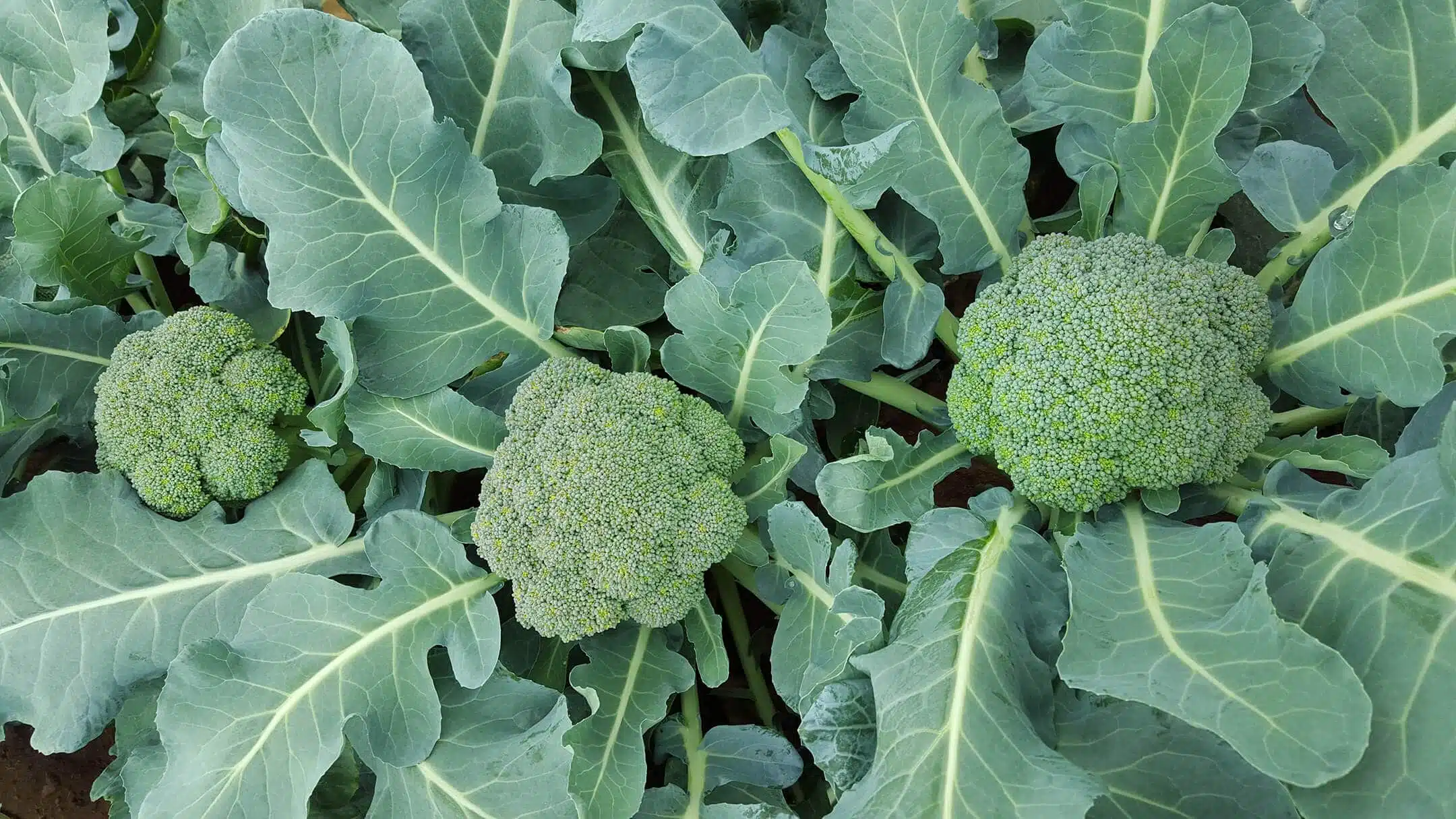

Garden Essentials
How To Get Seeds From Broccoli
Modified: August 17, 2024
Learn how to get seeds from broccoli in your garden and start growing your own plants. Follow our step-by-step guide for a successful harvest!
(Many of the links in this article redirect to a specific reviewed product. Your purchase of these products through affiliate links helps to generate commission for Storables.com, at no extra cost. Learn more)
Introduction
Welcome to the world of gardening and the art of seed saving! If you’re a broccoli lover and enjoy growing your own vegetables, then learning how to save seeds from broccoli plants is a valuable skill to have. Not only does it allow you to be self-sufficient by producing your own seeds year after year, but it also gives you the opportunity to select and save seeds from the strongest and healthiest plants in your garden.
When you save seeds from your broccoli plants, you are preserving the genetic diversity of the plant species, ensuring its survival and adaptation to changing environmental conditions. Additionally, saving seeds from your best broccoli plants allows you to develop your own unique varieties that are well-suited to your specific growing conditions and taste preferences.
So let’s dive into the fascinating process of saving seeds from broccoli plants and unlock the secrets to successful seed saving that can be applied to other plants in your garden as well.
Key Takeaways:
- Save broccoli seeds to save money, customize taste, and adapt to local conditions. Enjoy the art of seed saving and develop unique broccoli varieties tailored to your liking!
- Preserve genetic diversity, conserve heirloom varieties, and become self-sufficient by saving and storing broccoli seeds. Happy gardening and seed saving!
Why save broccoli seeds?
There are several reasons why saving seeds from your broccoli plants is beneficial:
- Cost-effective: Buying new packets of broccoli seeds every year can add up. By saving and reusing your own seeds, you can significantly reduce the cost of growing broccoli in your garden.
- Preserving heirloom varieties: Many commercial seed varieties are hybridized to enhance certain traits. While these varieties can be productive and uniform, they often lack the flavor and diversity found in heirloom varieties. By saving seeds from heirloom broccoli plants, you can preserve the unique taste and traits of these traditional varieties.
- Customizing the taste and traits: By saving seeds from the best-performing broccoli plants in your garden, you have the opportunity to develop your own unique varieties. Over time, you can select for traits such as flavor, size, color, and disease resistance, creating a broccoli variety perfectly suited to your preference and growing conditions.
- Adapting to local conditions: By saving seeds from broccoli plants that have thrived in your specific climate and soil conditions, you are essentially breeding plants that are better adapted to your local environment. This can result in increased resilience and productivity in the long run.
- Conserving genetic diversity: Saving and exchanging seeds with other gardeners helps preserve the genetic diversity of broccoli varieties. This is crucial for the long-term sustainability of our food supply, as diverse varieties are more resilient to disease, pests, and climate fluctuations.
Now that we understand the importance of saving broccoli seeds, let’s move on to the process of selecting and harvesting the right plants for seed saving.
Selecting and harvesting broccoli plants
When it comes to selecting plants for seed saving, it’s important to choose broccoli plants that exhibit desirable traits such as vigor, disease resistance, and good flavor. Here’s how you can go about selecting and harvesting broccoli plants for seed saving:
- Plant selection: Choose healthy broccoli plants that have shown excellent growth and productivity throughout the growing season. Look for plants with strong stems, lush foliage, and no signs of disease or pest damage.
- Time to maturity: Pay attention to the time it takes for the broccoli heads to fully develop. Ideally, you want to select plants that have matured at the average time for the specific variety you’re growing. This ensures that the seeds produced will have the highest chance of success in future plantings.
- Blossoming stage: Once the broccoli heads have been harvested for consumption, allow the remaining plants to mature further. Eventually, they will produce yellow flowers, indicating the formation of seed heads. This is the stage at which you can begin the seed saving process.
- Harvesting the seed heads: When the seed heads have dried and turned brown, it’s time to harvest them. Cut the seed heads from the plant, leaving a few inches of stem attached. Place the harvested seed heads in a paper bag or bucket to collect any seeds that may fall during the drying process.
Remember, it’s essential to label each harvested seed head with the variety name and the date it was harvested. This will help you keep track of the different varieties and their respective seed-saving timelines.
Now that we have our seed heads, let’s move on to the next step – preparing the seed heads for seed extraction.
Preparing the seed heads
Before we can extract the seeds from the broccoli seed heads, we need to properly prepare them. Here’s how you can prepare the seed heads for seed extraction:
- Drying: Begin by allowing the seed heads to dry completely. This can take anywhere from a few days to a couple of weeks, depending on the humidity levels in your area. Make sure to place the seed heads in a warm and well-ventilated area to facilitate the drying process.
- Protection: To prevent accidental seed loss, it’s a good idea to cover the seed heads with a fine mesh bag or pantyhose. This will allow air circulation while protecting the seeds from being consumed by insects or birds.
- Checking for readiness: To determine if the seed heads are fully dried and ready for seed extraction, gently shake them. If you hear a rattling sound, it means that the seeds are dry and can be harvested. If the seed heads still feel moist or you don’t hear any rattling, allow them more time to dry.
- Removing excess debris: Once the seed heads are fully dried, it’s common to find small pieces of stems, leaves, or other debris mixed with the seeds. Carefully remove any excess debris by gently rubbing the seed heads between your hands or using a clean, dry cloth. Be careful not to damage the seeds in the process.
After preparing the seed heads, we’re ready to move on to the exciting part – extracting the seeds from the seed heads. Stay tuned!
To get seeds from broccoli, allow the plant to flower and then go to seed. Once the seed pods turn brown, collect them and store in a cool, dry place until ready to plant.
Extracting the seeds from the seed heads
Now that the seed heads have been properly prepared, it’s time to extract the seeds from them. Here’s a step-by-step guide on how to extract the seeds from broccoli seed heads:
- Hold the seed head: Take a dried seed head in your hand, ensuring that it is fully dry and the seeds are loose inside.
- Crumble the seed head: Start by gently crumbling the seed head between your fingers. This will help release the seeds from their capsules or pods.
- Separate the seeds: Once you’ve crumbled the seed head, you’ll find that there is a mixture of seeds, chaff, and plant debris. To separate the seeds, gently blow or fan the mixture. The lighter chaff and debris will be blown away, leaving behind the heavier seeds.
- Repeat the process: Continue this process of crumbing the seed heads and separating the seeds until you’ve processed all the seed heads.
- Inspect for quality: As you separate the seeds, take a moment to inspect them for quality. Remove any shriveled, discolored, or damaged seeds, as these are less likely to germinate successfully.
It’s important to note that extracting seeds from broccoli seed heads can be a tedious process, especially if you’re dealing with a large harvest. Take your time, be patient, and enjoy the process of preparing your own seeds for future plantings.
Now that we have the seeds extracted, we’ll move on to the next step – cleaning and drying the broccoli seeds.
Cleaning and drying the broccoli seeds
After extracting the seeds from the seed heads, it’s important to clean and dry them before storing. Here’s how you can clean and dry broccoli seeds:
- Remove debris: Start by removing any remaining plant debris or chaff from the seeds. You can use a fine mesh sieve or colander to separate the seeds from the debris.
- Wash the seeds: Once the larger debris is removed, you can give the seeds a gentle rinse under running water to further clean them. Use a fine mesh sieve or cheesecloth to prevent the seeds from washing away. Be careful not to use excessive force, as broccoli seeds are fragile.
- Dry the seeds: After rinsing, spread the seeds in a single layer on a clean, dry surface such as a tray, plate, or paper towel. Allow them to air dry in a warm and well-ventilated area. Avoid direct sunlight or excessive heat, as this can damage the seeds.
- Stir and separate: Periodically stir and separate the seeds during the drying process to ensure even airflow and prevent clumping. This will help speed up the drying and prevent the seeds from sticking together.
- Ensure complete dryness: The drying process can take anywhere from a few days to a couple of weeks, depending on the humidity levels in your area. To ensure complete dryness, check the seeds regularly by pressing them between your fingers. If they feel firm and there is no moisture, they are ready for storage.
Once the broccoli seeds are thoroughly cleaned and completely dry, they are ready for storage. Let’s find out how to properly store these precious seeds for future use.
Storing the broccoli seeds
Proper storage is crucial for maintaining the viability of broccoli seeds. Here are some guidelines to ensure the longevity of your saved broccoli seeds:
- Dry completely: Before storing, make sure the seeds are thoroughly dried to prevent any moisture from causing mold or fungal growth. Even a small amount of moisture can significantly reduce the seed’s viability.
- Choose the right containers: Select airtight containers for storing the seeds. Options include glass jars, resealable plastic bags, or small seed envelopes. Make sure the containers are clean and dry before adding the seeds.
- Label and date: It’s important to clearly label each container with the variety name and the date the seeds were harvested. This will help you keep track of the seed’s age and ensure you use the older seeds first.
- Store in a cool and dark place: Temperature and light can affect seed viability. Store the containers in a cool and dark location, such as a pantry or a refrigerator. The ideal temperature for seed storage is between 32°F (0°C) and 41°F (5°C).
- Avoid humidity: Moisture can cause seeds to degrade quickly. Ensure the storage area has low humidity levels to prevent any moisture accumulation. You can include silica gel packets or rice grains in the container to absorb any excess moisture.
- Periodically check for viability: To ensure the stored seeds remain viable, it’s a good idea to periodically conduct germination tests. Plant a few seeds from each stored batch and observe if they sprout. If the germination rate is significantly low, it may be time to replace the stored seeds with fresh ones.
By following these storage guidelines, your saved broccoli seeds can remain viable for several years, ensuring a continuous supply of healthy plants for your garden.
Now that you know how to successfully save and store broccoli seeds, you can enjoy the satisfaction of self-sufficiency and have the opportunity to develop unique broccoli varieties tailored to your liking. Happy gardening and seed saving!
Conclusion
Seed saving is a rewarding and empowering practice that allows gardeners to become more self-sufficient and active participants in preserving and adapting the diversity of plant species. When it comes to broccoli, saving seeds from your own plants not only saves you money but also gives you the opportunity to develop your own unique varieties that are well-suited to your taste and growing conditions.
Throughout this guide, we’ve covered the essential steps involved in saving seeds from broccoli plants. From selecting and harvesting the right plants to properly preparing the seed heads, extracting the seeds, and cleaning and drying them, we’ve learned the key techniques to ensure successful seed saving. Additionally, we discussed the importance of storing the seeds properly to maintain their viability and conducted periodic germination tests to assess their health.
By saving and replanting your own broccoli seeds, you contribute to the preservation of heirloom varieties, adapt plants to local conditions, and promote genetic diversity in our food supply. It is a wonderful way to connect with nature, foster self-sufficiency, and develop a deeper understanding of the plants we cultivate.
So, whether you’re an experienced gardener or new to the world of seed saving, I hope this guide has provided you with valuable insights and practical knowledge to embark on your seed-saving journey. Remember, seed saving is not only a science but also an art – so don’t be afraid to experiment, learn from your experiences, and enjoy the process.
May your broccoli plants thrive and your seed-saving endeavors blossom into a fruitful and delightful adventure!
Frequently Asked Questions about How To Get Seeds From Broccoli
Was this page helpful?
At Storables.com, we guarantee accurate and reliable information. Our content, validated by Expert Board Contributors, is crafted following stringent Editorial Policies. We're committed to providing you with well-researched, expert-backed insights for all your informational needs.

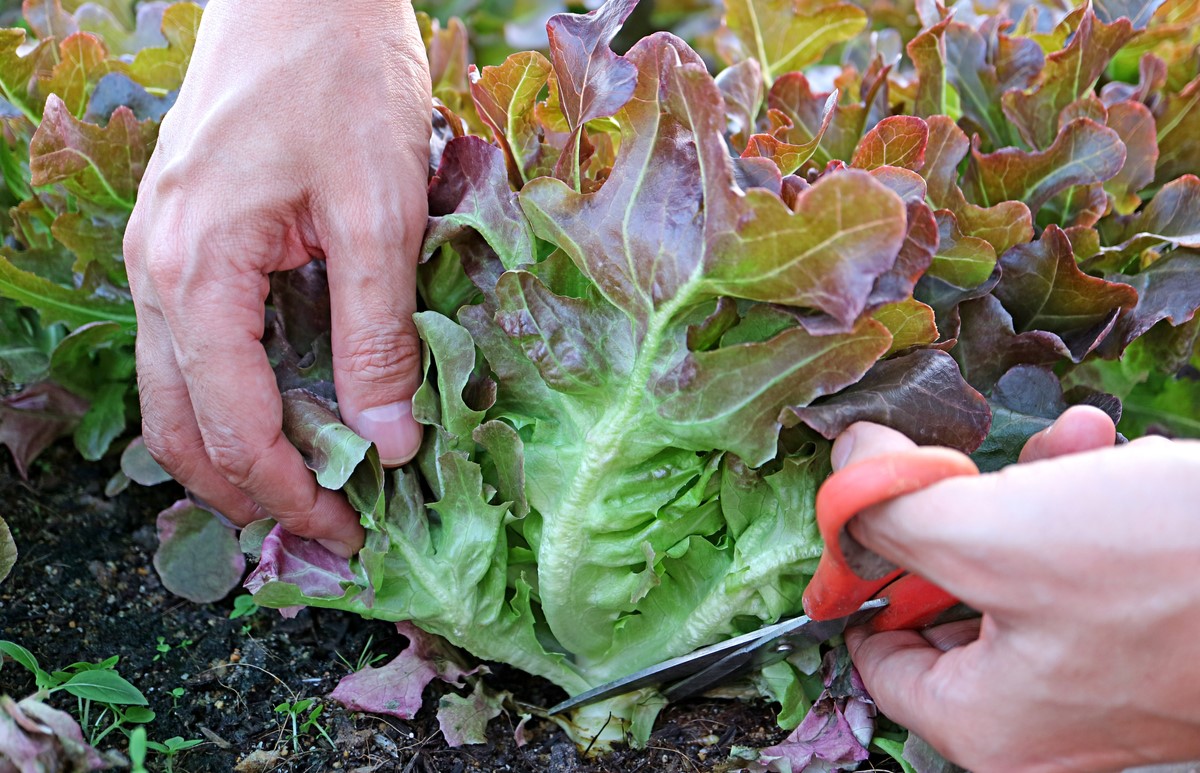
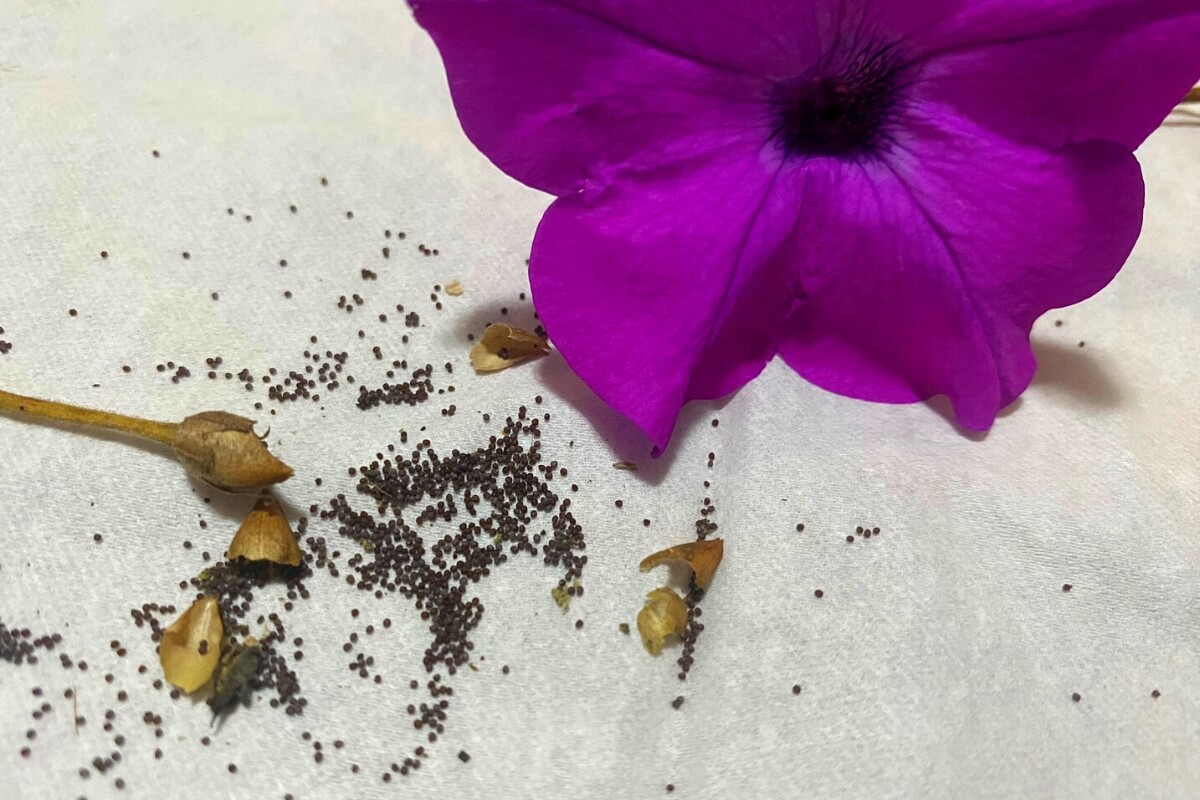
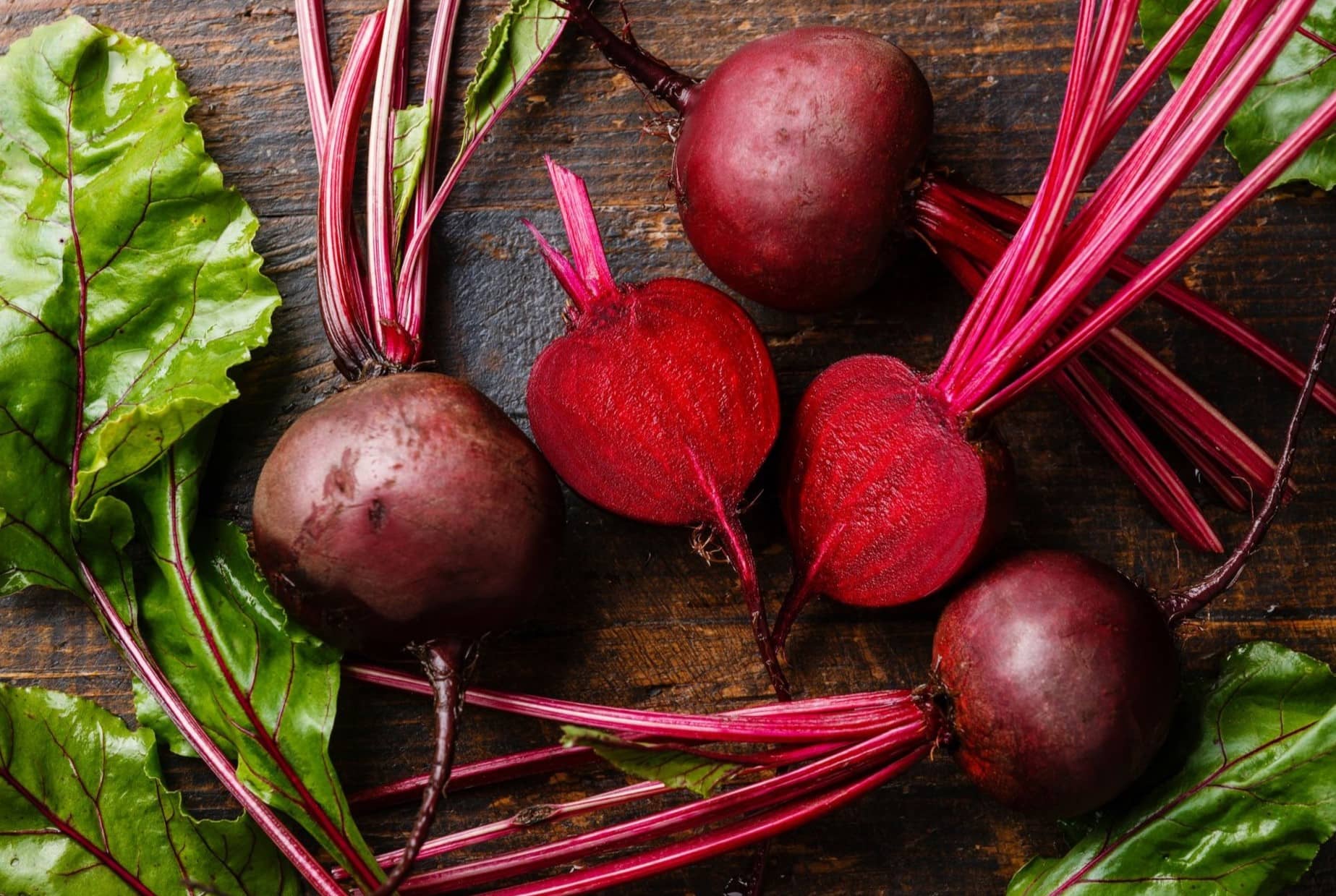
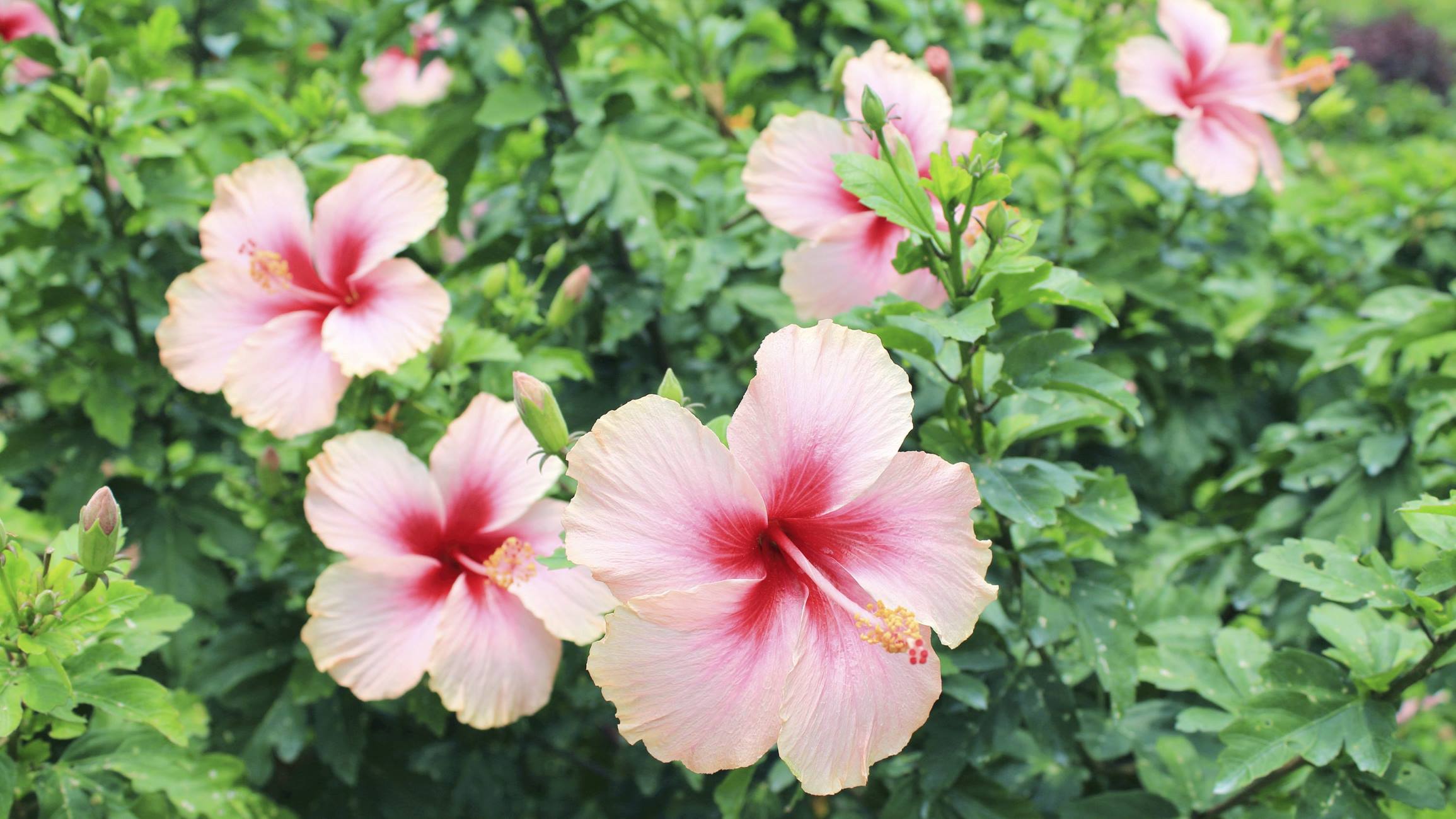
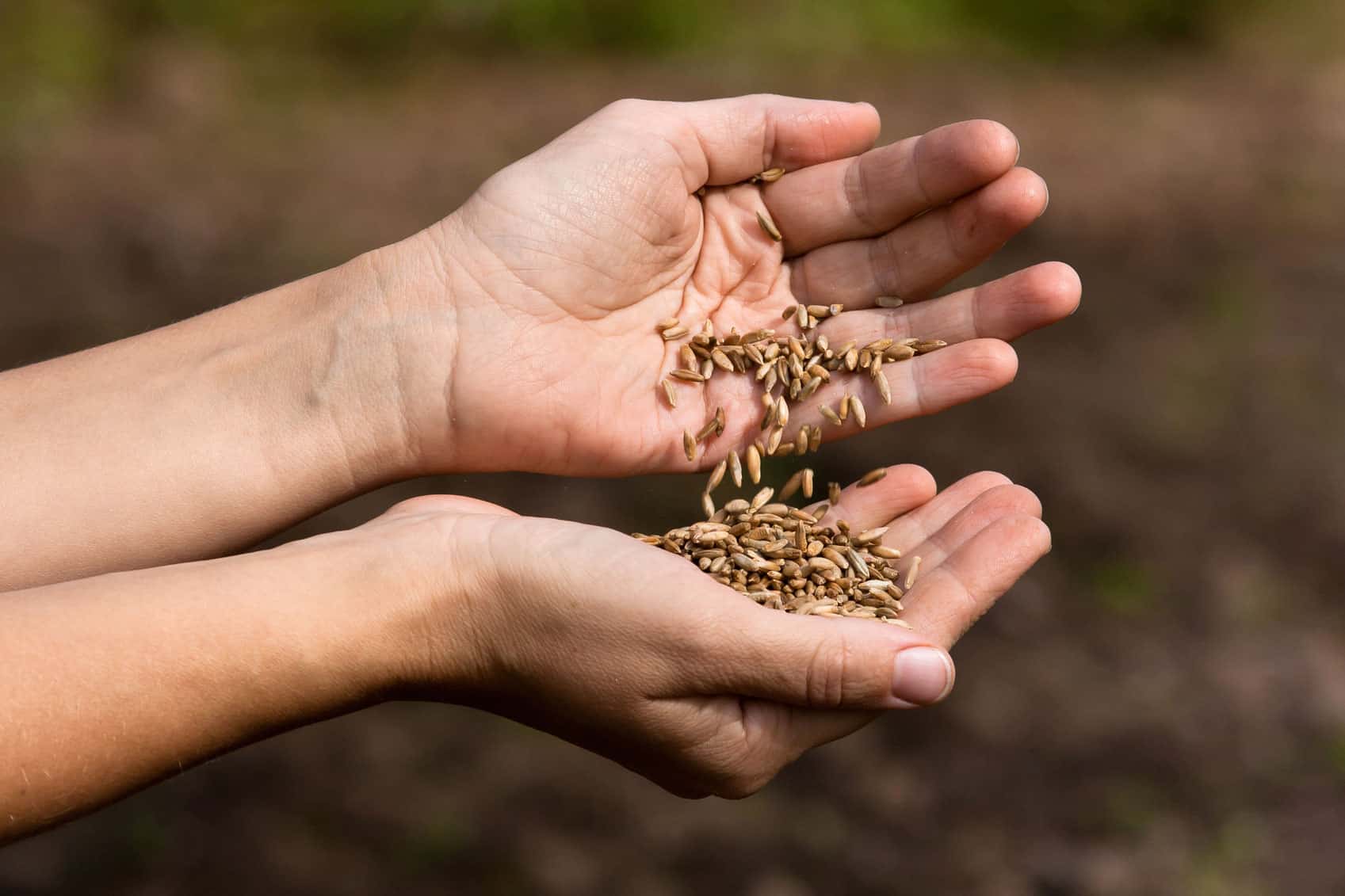
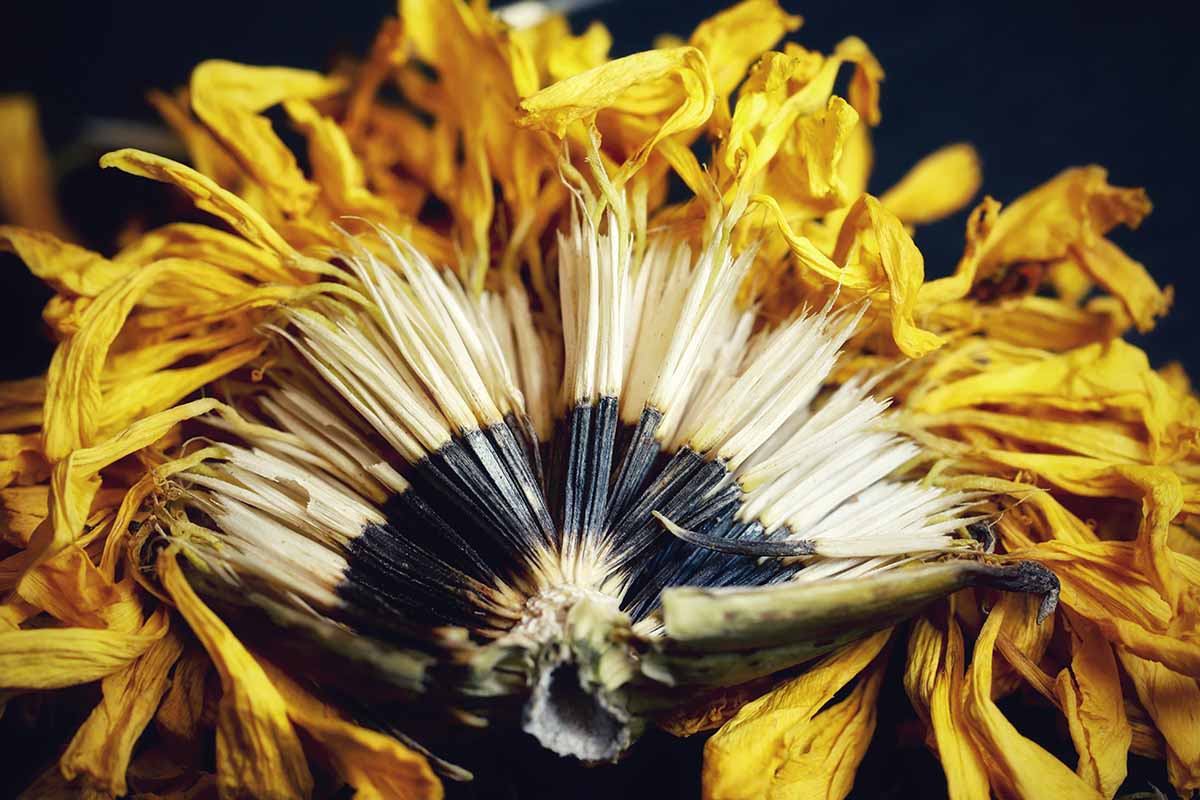
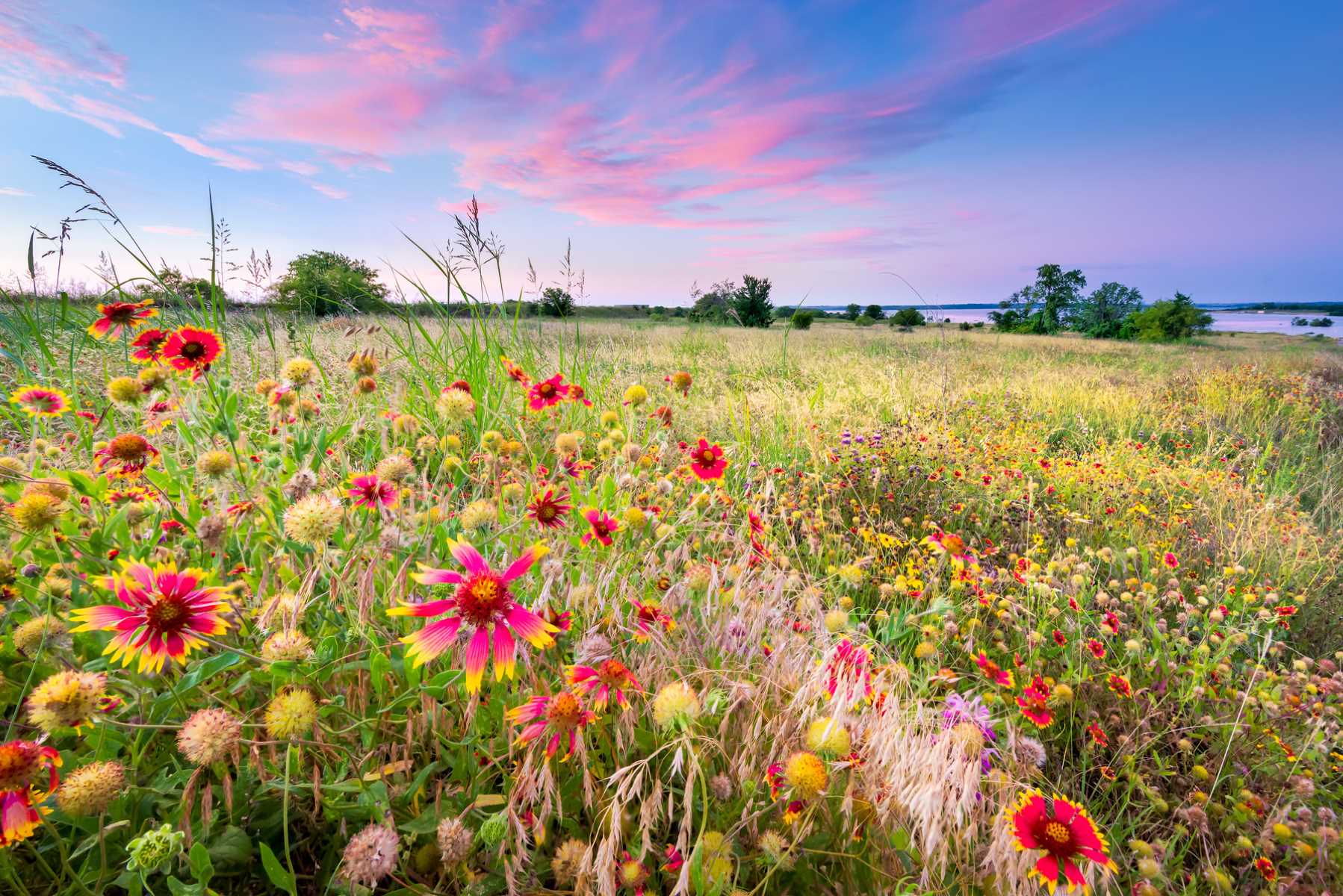
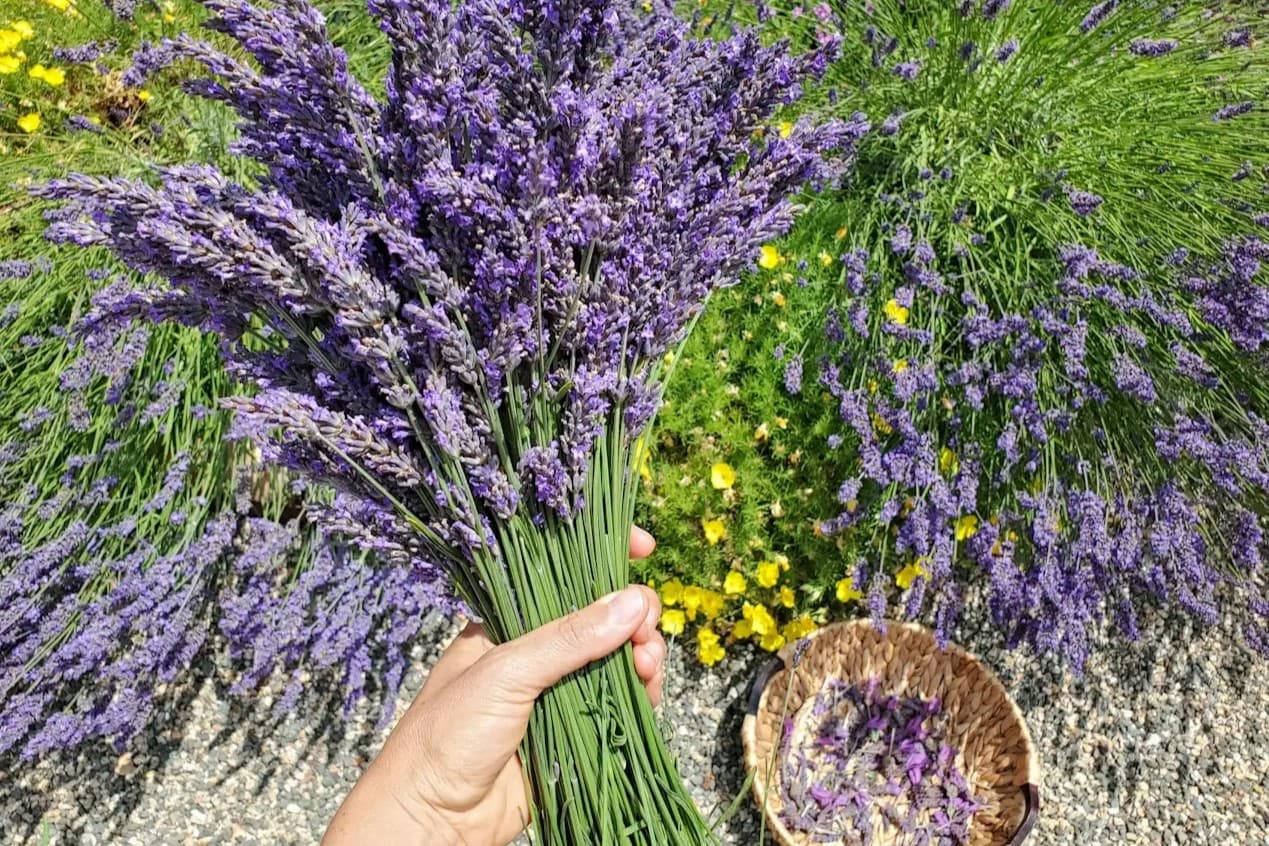
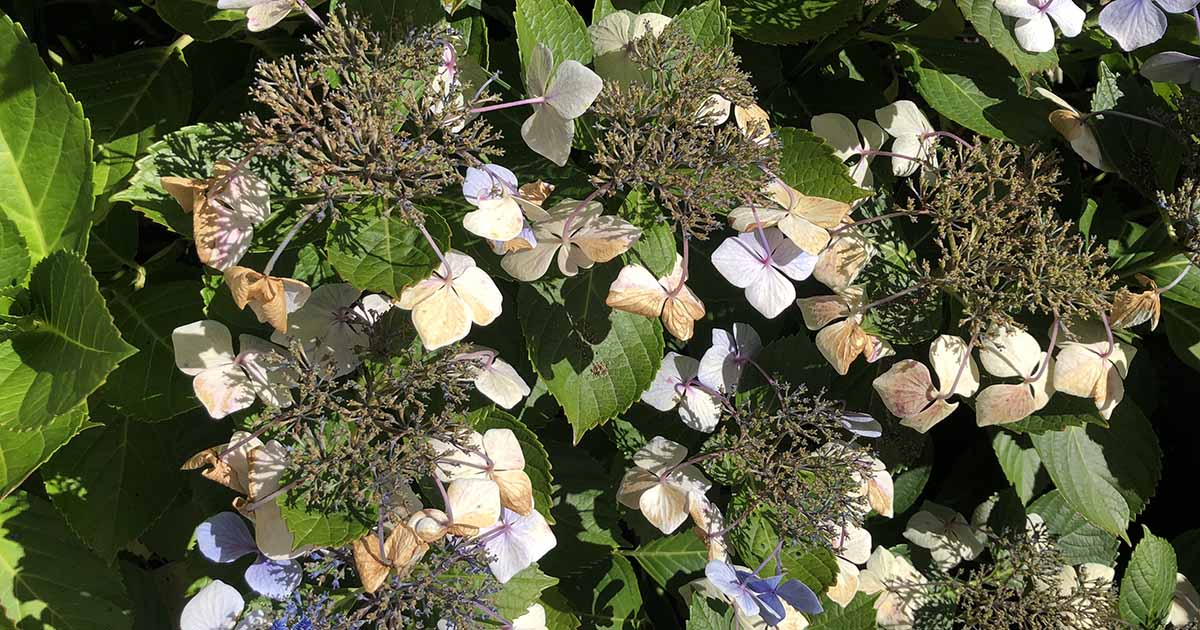
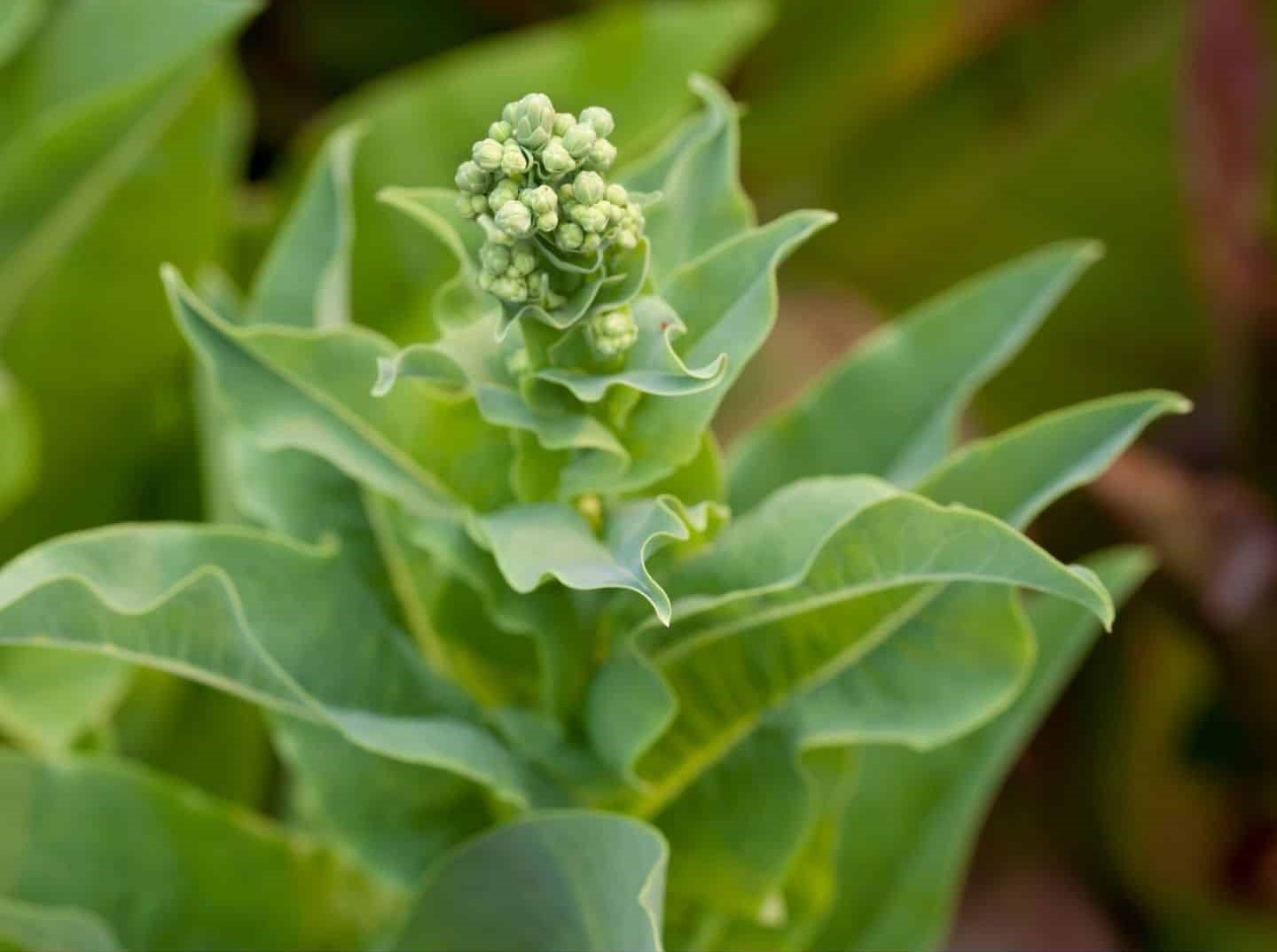
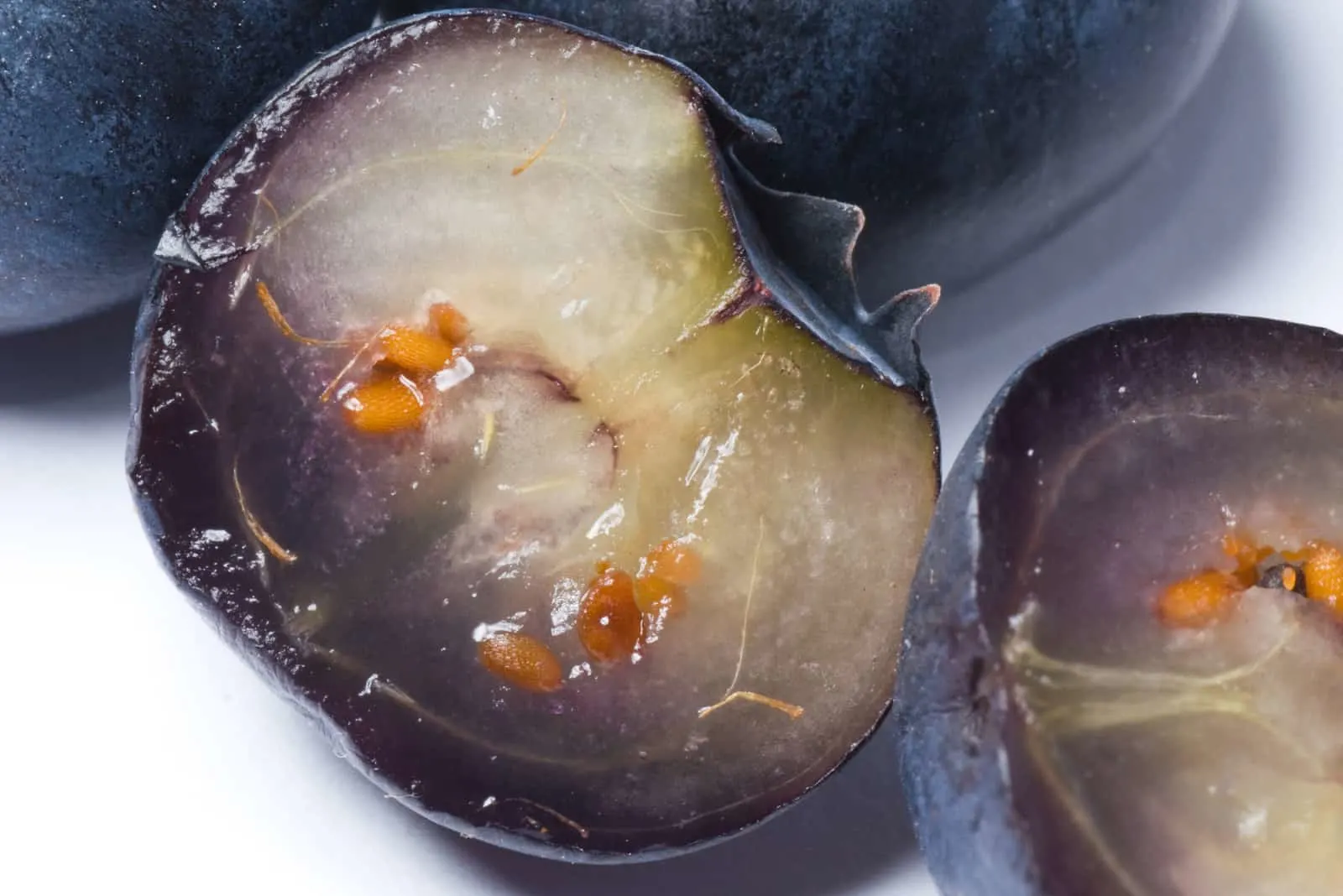
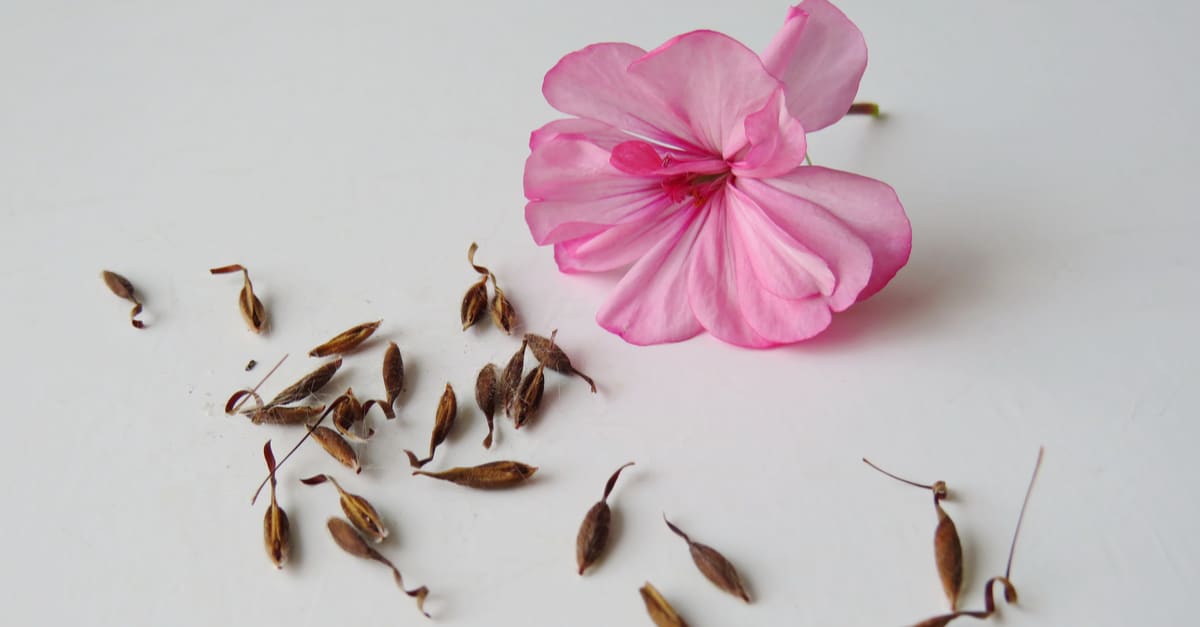
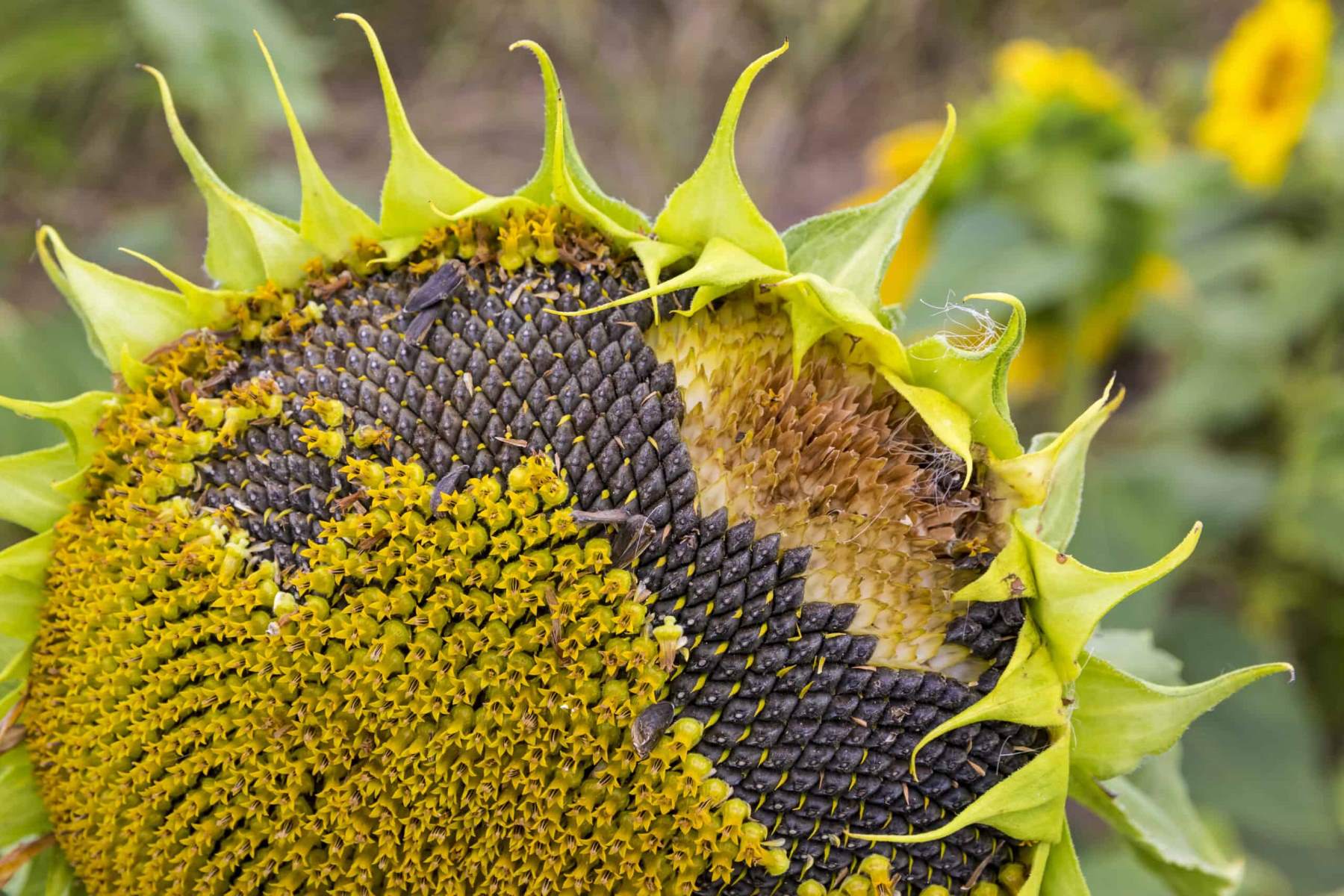

0 thoughts on “How To Get Seeds From Broccoli”